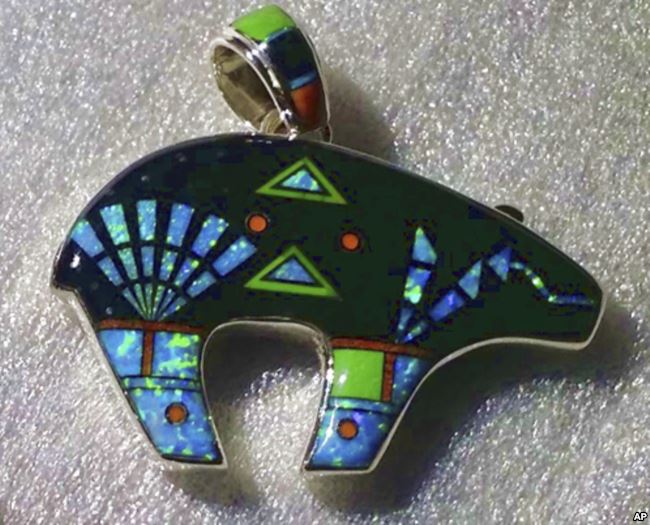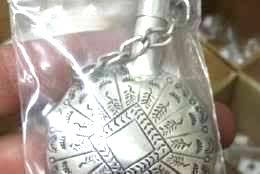Guilty pleas in New Mexico sale of PH-made fake Indian artifacts
SANTA FE, New Mexico — A New Mexico art gallery owner and a jewelry supplier have pleaded guilty in federal court to criminal charges in the sale of fake Native American jewelry that was manufactured in the Philippines, representing the first conviction in a sweeping international investigation.
Art gallery owner Nael Ali pleaded guilty Wednesday to misrepresenting fake Indian-produced goods in violation of the Indian Arts and Craft Act, The U.S. Attorney’s Office in Albuquerque confirmed Wednesday. His conviction followed an earlier guilty plea by jewelry supplier Mohammad Manasra on less severe charges under the Indian Arts and Craft Act.
In October 2015, federal agents raided Indian art galleries in Albuquerque, Gallup, and Calistoga, California, to seize counterfeits and evidence.
Ali and Manasra have agreed to forfeit 5,268 pieces of jewelry, while acknowledging that Manasra passed off jewelry made in the Philippines as the work of Navajo and Zuni Pueblo artists, court documents indicate.
Sentencing hearings are still months away. Ali faces possible jail time of up to 18 months, according to court documents. An attorney for Manasra declined Wednesday to discuss the case. Ali’s attorney could not be reached immediately.
Joyce Begay-Foss, a Navajo weaver and education director of the Museum of Indian Arts and Culture in Santa Fe, said that cheap Indian art knockoffs are having an effect on the art business in New Mexico and throughout the country. She called the guilty pleas a step in the right direction. But she believes stiffer state and federal penalties along with border enforcement are needed to deter fraud.
“It is a step in the right direction. It is alerting people to be more cognizant when they buy Indian art, to be more aware of the provenance and the materials,” said Begay-Foss, who recently completed a guide on how to buy Navajo weavings that will be published by the U.S. Indian Arts and Crafts board.
Authorities have accused Ali, the owner of two Indian art galleries in the Old Town neighborhood of Albuquerque and another in Arizona, of attributing jewelry to specific Navajo and Zuni craftsman when it was actually made in the Philippines.
Four other people have been charged under the Indian Arts and Crafts Act in a separate indictment that traces Filipino-made jewelry to Indian-art galleries in Santa Fe and San Diego, with a trial scheduled next year.
The investigations spearheaded by the U.S. Fish and Wildlife Service have laid bare the breadth and sophistication of distribution networks for fake Indian-style art and crafts.
U.S. Sen. Tom Udall of New Mexico has warned that Native American art markets are being destabilized by fakes, undermining a crucial source of income for tribal members.
He hopes to propel efforts to modernize the Indian Arts and Crafts Act to cope with sophisticated international jewelry rings that copy Native American designs and police online sales. The act makes it a crime to falsely market and sell art as Native American-made when it is not.
Former U.S. Attorney Damon Martinez, who participated previously in the prosecution of Ali and Manasra, has recommended several reforms, including requirements that imported jewelry carry a country of origin and legal changes to apply money laundering and wire fraud provisions to the investigation of Indian-art fraud.
“This type of case is important,” he said. “When you’re an artisan at an Indian Pueblo, you’re carrying through a tradition. You’re carrying through a culture that maybe you learned from your grandparents. When somebody is doing a knockoff at a tenth of the cost, you’re losing your livelihood and potentially your culture,” he said.



